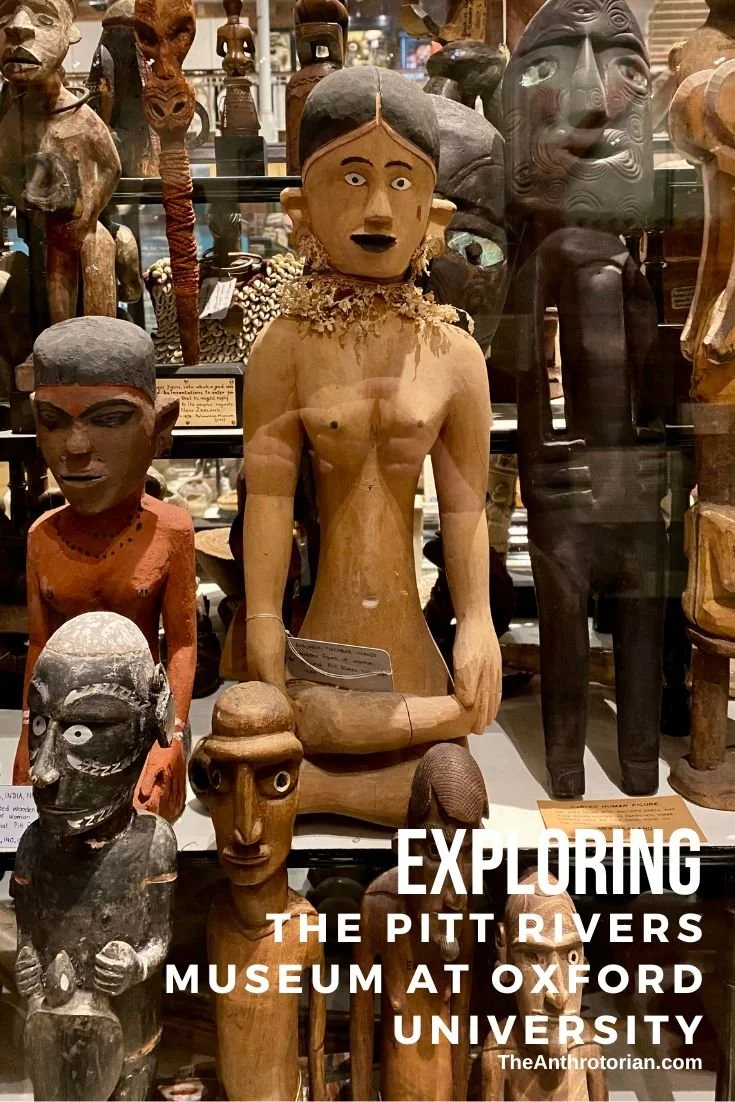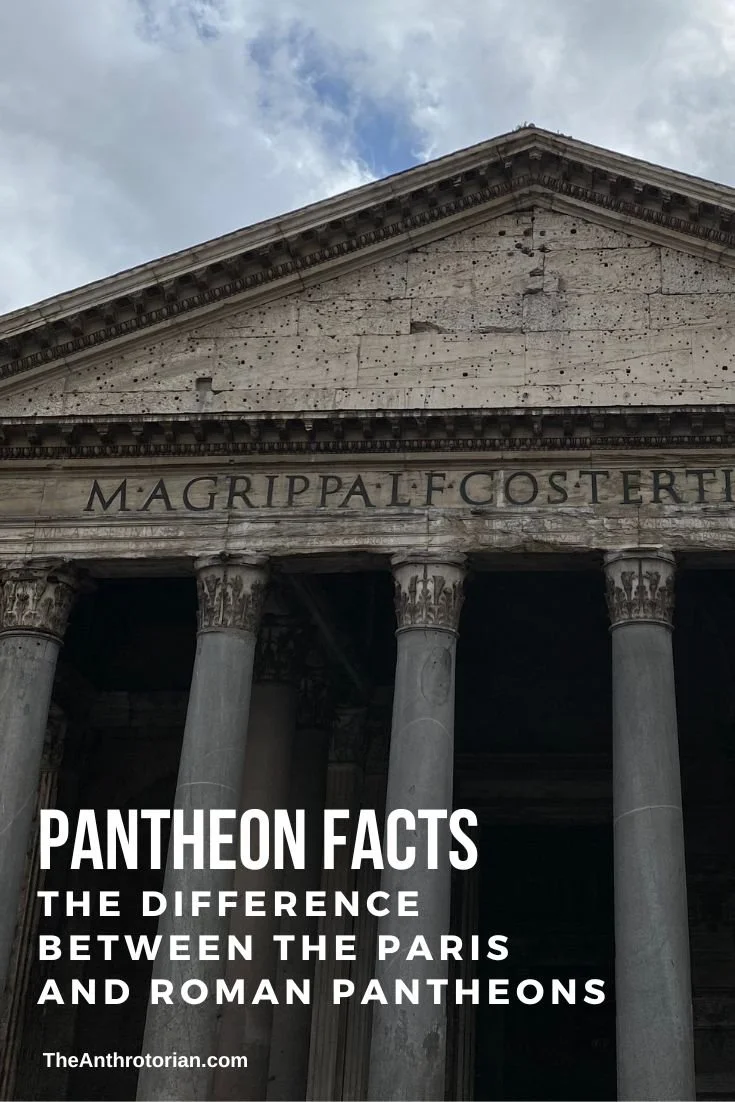Born in Krefeld, Germany in 1921, Joseph Beuys is considered to be one of the most influential artists and teachers of post-war Germany.
At the end of World War II, during which he was an aircraft radio operator and combat pilot, he began his journey as an artist by enrolling in the Dusseldorf Academy of Art. It was there that he discovered his mediums of choice — sculpture, installation, and performance art — which he referred to as "actions".
His belief was that "every person is an artist", and an individual’s creative activity — no matter how small — helps a society to grow and thrive in ways that are beneficial to all.
Filzanzug (Felt Suit), 1970 Joseph Beuys
Beuys is known in the art world for is his work with "multiples" or pieces that are easily created multiple times and are considered to be provocative due to the materials used or message they convey.
Creating works that could be easily duplicated was his way of reacting against what he deemed to be the precious and unique aspects of traditional art. These multiples were usually small 3D objects that were inexpensive to make.
His piece titled Filzanzug (Felt Suit), pictured above is an example of one of these multiples. It is said to have been inspired by a story that Beuys told of an event that happened to him during World War II (the truth of this story has never been confirmed). According to the artist, he was shot down from his plane during the war and when he was rescued, was wrapped first in fat and then in felt to bring back his body warmth.
This work, being made of felt, is considered to represent insulation or protection from what is going on in the world around us.
During the 1960s and '70s, a time of increased political awareness, Beuys was involved in political activism which he considered to be an extension of his activities as an artist. During an action titled Isolation Unit (thought to be a protest against the Vietnam War), he wore his Filzanzug (Felt Suit) for the entirety of the performance.
You can view this work at the Hamburger Bahnhof Museum of Contemporary Art in Berlin.
During his career, Beuys created over 600 multiples hoping that they would encourage creative thinking and work to democratize art.
He died on January 23, 1986.






